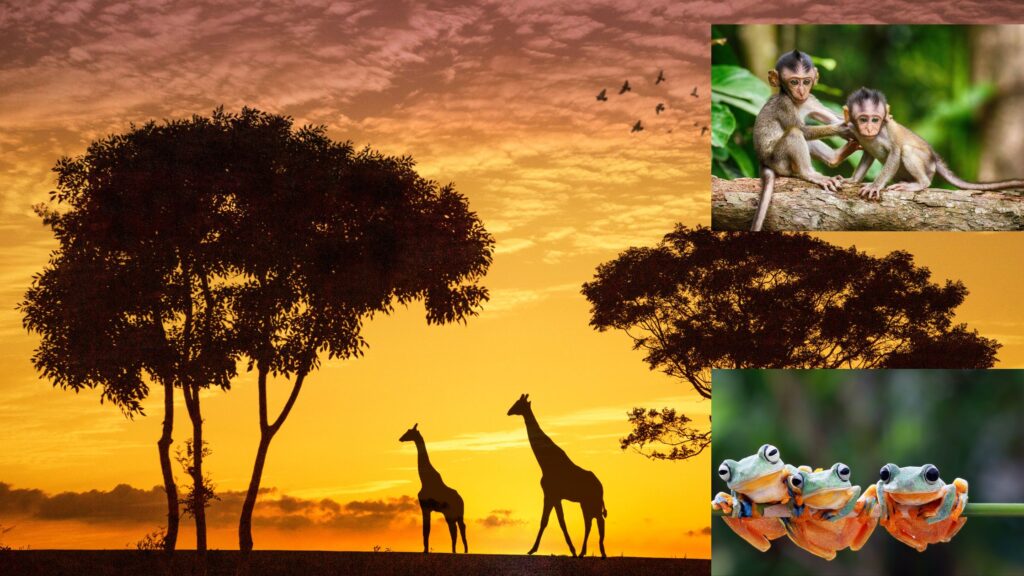The Importance of Wildlife Research
The natural world is a vast and complex web of life, filled with mysteries waiting to be uncovered. At the forefront of this exploration are wildlife researchers, dedicated individuals who delve into the intricacies of animal behavior, ecosystems, and conservation. Wildlife research plays a crucial role in understanding and preserving our planet’s biodiversity. This article explores the significance of wildlife research, its methodologies, and its impact on conservation efforts.
The Role of Wildlife Research
Wildlife research is essential for several reasons:
- Understanding Species Behavior: By studying animals in their natural habitats, researchers gain insights into their behavior, social structures, and survival strategies. This knowledge is crucial for developing effective conservation plans.
- Conservation Strategies: Research helps identify endangered species and the threats they face. This information is used to create targeted conservation strategies, such as habitat protection and restoration, anti-poaching efforts, and breeding programs.
- Ecosystem Health: Wildlife research provides a deeper understanding of ecosystems and their interdependent species. Healthy ecosystems are vital for human well-being, providing services such as clean air and water, pollination, and climate regulation.
- Human-Wildlife Conflict: Understanding animal behavior and movement patterns helps mitigate human-wildlife conflicts. This is particularly important in areas where expanding human populations encroach on wildlife habitats.
Methodologies in Wildlife Research
Wildlife research employs a variety of methodologies to gather data:
- Field Studies: Researchers conduct field studies to observe animals in their natural habitats. This can include tracking animal movements, recording behaviors, and collecting samples.
- Telemetry and GPS Tracking: Using telemetry and GPS collars, researchers can monitor the movements and migrations of animals. This technology provides valuable data on habitat use and migration corridors.
- Camera Traps: Camera traps are used to capture images and videos of wildlife in remote areas. This non-invasive method helps monitor elusive and nocturnal species.
- Genetic Analysis: DNA analysis is used to study genetic diversity, population structure, and relatedness among individuals. This information is critical for breeding programs and understanding species resilience.
- Acoustic Monitoring: Acoustic devices are used to record animal sounds, such as bird calls and whale songs. This method helps study communication, behavior, and population densities.
Success Stories in Wildlife Research
- Snow Leopard Conservation: Research on snow leopard movements and habitats has led to the creation of protected areas and community-based conservation programs in Central Asia.
- Elephant Corridors in Africa: GPS tracking of elephants has identified key migration routes, leading to the establishment of wildlife corridors that reduce human-elephant conflicts and ensure safe passage for these giants.
- Great Barrier Reef Studies: Research on coral reefs has provided insights into the impacts of climate change and led to initiatives aimed at protecting and restoring these vital ecosystems.
Challenges in Wildlife Research
While wildlife research is crucial, it faces several challenges:
- Funding: Securing funding for long-term research projects can be difficult, limiting the scope and duration of studies.
- Accessibility: Remote and inhospitable habitats can be challenging to access, requiring significant logistical planning and resources.
- Ethical Considerations: Ensuring the welfare of animals and minimizing human impact during research is paramount. Ethical considerations must guide all aspects of wildlife research.
- Climate Change: Rapid environmental changes due to climate change pose unpredictable challenges to wildlife and researchers alike, requiring adaptive and innovative research approaches.
How You Can Support Wildlife Research
Everyone can contribute to wildlife research and conservation efforts:
- Support Research Organizations: Donate to or volunteer with organizations dedicated to wildlife research and conservation. Your support can help fund critical studies and initiatives.
- Stay Informed: Educate yourself about wildlife issues and share your knowledge with others. Awareness is the first step towards action.
- Advocate for Conservation: Support policies and legislation that protect wildlife and their habitats. Advocacy can drive positive change on a larger scale.
- Sustainable Practices: Adopt sustainable practices in your daily life, such as reducing waste, conserving water, and minimizing your carbon footprint. Small actions can collectively make a big impact.
Conclusion
Wildlife research is the cornerstone of conservation efforts, providing the knowledge and tools needed to protect our planet’s biodiversity. By supporting and participating in wildlife research, we can help ensure a future where humans and wildlife coexist harmoniously. The secrets of the wild are waiting to be uncovered, and with continued dedication and effort, we can safeguard the natural world for generations to come.
